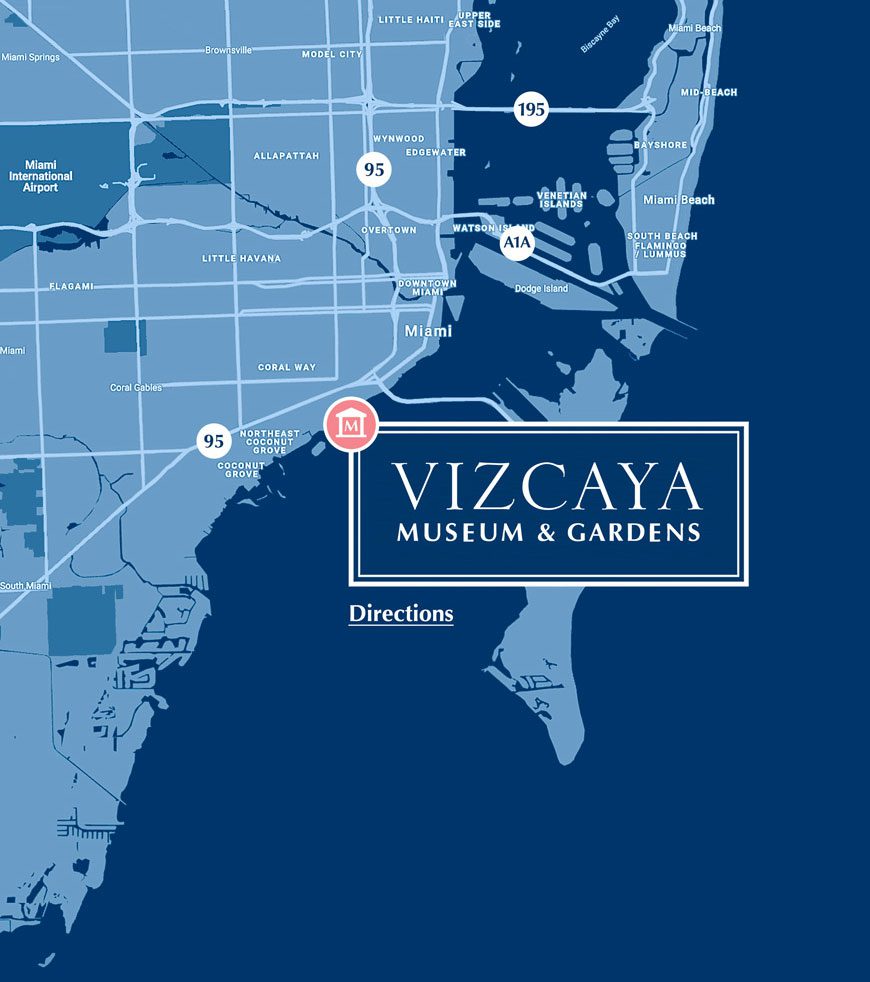Ah, the 1920’s. A time of glitz and glamor, of jazz and flappers. The decade was known for its wild style, as well as the newfound freedom bestowed upon individuals.. During this era, fashion was daring and beautiful, incorporating unique statement pieces like feather boas, pearls, and even headbands. At Vizcaya, we celebrate the era



